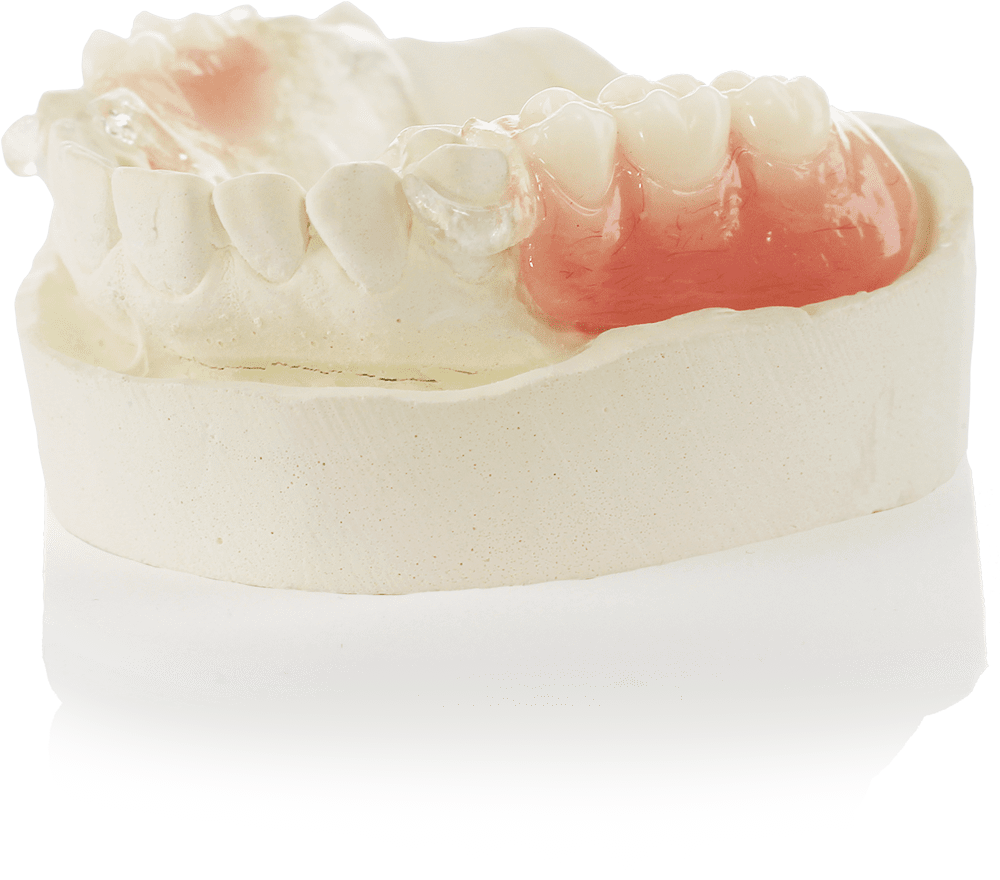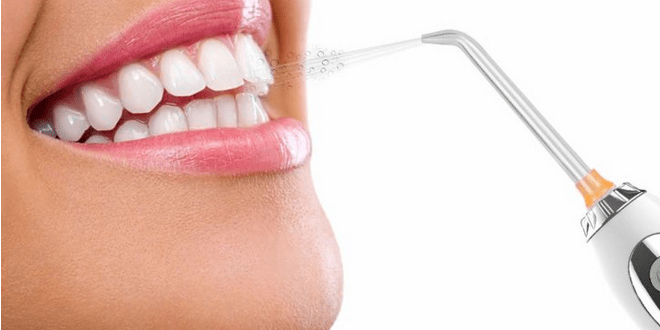
”Wisdom Teeth: Unravel the Secrets of the “Third Molars”
Introduction: ”Wisdom Teeth: Unravel the Secrets of the “Third Molars”
Third molars, or wisdom teeth, have long piqued the interest of scientists, dentists, and other inquisitive individuals. These late-blooming teeth, which are sometimes accompanied by pain and agony, have a special position in both dentistry and human development. We’ll explore the origins, possible issues, and contemporary relevance of wisdom teeth as we dive into their secrets and significance in this article.
The Origin Narrative:
The name “wisdom teeth” has its origins in prehistoric times when these molars first developed in people in their late teens or early twenties, which also happened to be the time when wisdom was believed to be obtained. According to anthropologists, our earliest ancestors had broader jaws to match their rougher diets of raw foods and required more force to chew more chewing force. The size of the jaw shrank as diets softened and changed, leaving little room for these third molars.
Potential Issues and Contemporary Consequences:
Today, wisdom teeth frequently cause more issues than wisdom. These molars typically become impacted or partly erupted because of the constrained space in the contemporary human jaw. A wisdom tooth that partially emerges but still causes discomfort, edema, and a possible infection is said to be impacted. A variety of oral health problems, such as gum irritation, tooth decay, and displacement of nearby teeth, can result from partially erupted wisdom teeth may emerge without creating issues, allowing them to reside peacefully with the existing teeth.
Evolutionary Point of View: ”Wisdom Teeth: Unravel the Secrets of the “Third Molars”
Wisdom teeth are largely outdated now in evolutionary terms. The requirement for strong molars diminished as our diets changed from hard, uncooked foods to softer, prepared meals. Our jaw shape and the number of teeth we produce are out of balance as a result of this shift in food habits that caused a steady drop in jaw size over generations.
It’s interesting to note that because of these dietary and skeletal alterations, certain populations have evolved to have fewer or even no wisdom teeth. This evolutionary adaption shows how our genes, environment, and dental health interact in a complex way.







